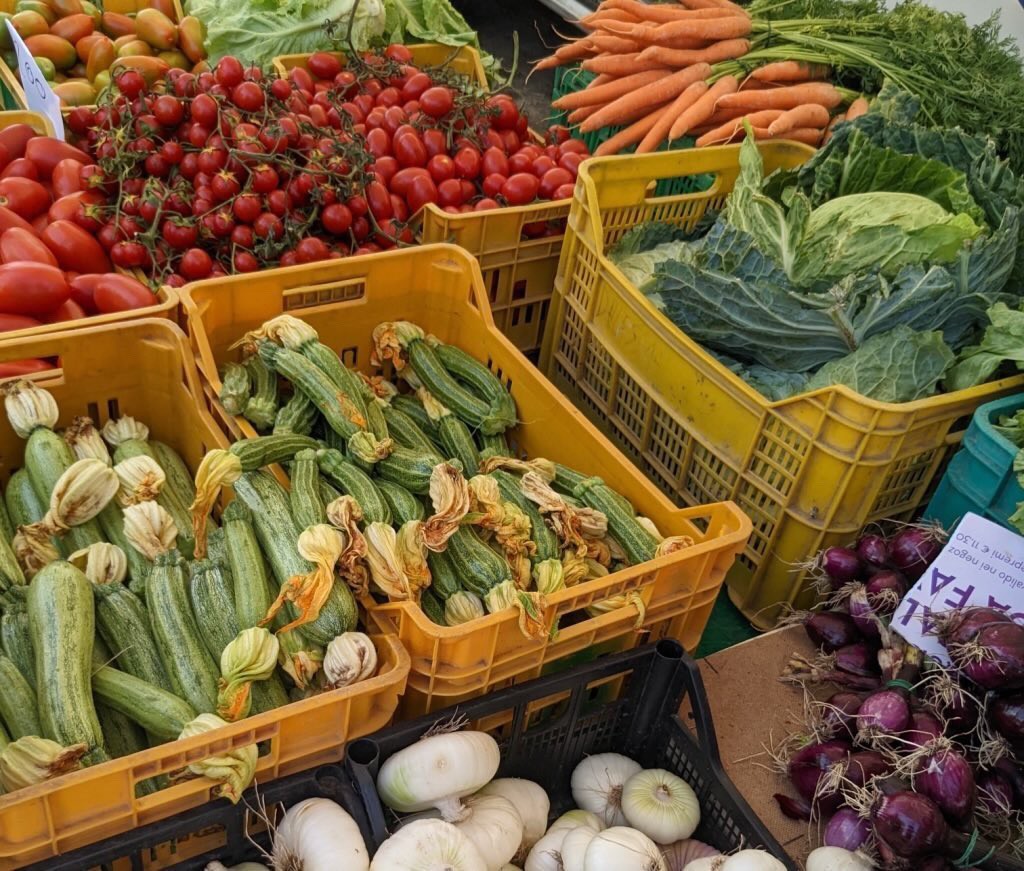Italian food culture is more than just recipes and ingredients; it’s a philosophy centered around slowing down, appreciating the moment, and celebrating life through food. In Italy, meals are not merely sustenance; they are the heart of the day, a cornerstone of life itself. This deep-seated reverence for food is intrinsic to Italian culture, emphasizing the importance of making the most of every dining experience and understanding the essence of “La Dolce Vita” – the sweet life.
One of the most distinctive aspects of Italian dining is the concept of eating in courses, a tradition that truly embodies the leisurely and appreciative approach to meals. For anyone accustomed to quicker meals, particularly in America, the extended dining experience in Italy can be a delightful revelation. On Sundays, especially, when families gather for the main meal of the day, the act of eating transforms into a multi-hour affair. The meal typically commences with “il primo,” the first course, often featuring a pasta dish. Classics such as creamy carbonara or linguine alle vongole (with clams) are popular choices, setting the stage for the courses to follow.
 Fresh Produce and Local Delights at an Italian Farmers Market
Fresh Produce and Local Delights at an Italian Farmers Market
Following the pasta, “il secondo,” the main course, arrives. This usually consists of a protein, such as succulent veal or flavorful sausage, often accompanied by a light and refreshing salad to balance the richness. Next in the progression is the “tagliere,” similar to what is known as antipasti in other cultures. This course is a celebration of Italian flavors and textures, featuring an array of cured meats, both fresh and aged cheeses, and crusty bread. Bread is a constant companion throughout the Italian meal, but it takes on particular significance with the tagliere, perfect for complementing the savory delights.
Once the plates from the savory courses are cleared, it’s time for “il dolce” – dessert. In many Italian families, a trip to the local “pasticceria” (bakery) is a cherished tradition. Boxes of pastries are brought to the table, filled with an assortment of sweet temptations such as chocolate-covered or powdered sugar-dusted profiteroles, delicate fruit tarts, and other delectable treats. These sweet endings are invariably enjoyed with a “caffè” or a small, potent espresso, adding a jolt of energy and aromatic richness to the experience. Finally, depending on the season and region, the meal concludes with fresh fruit. In regions like Puglia, sun-ripened figs, juicy apricots, and refreshing watermelon are common and delightful final notes to the meal.
While such elaborate, multi-course Sunday meals can extend to five hours, they are considered a joyful and precious time for family and togetherness. These meals are not just about eating; they are about celebrating relationships, indulging in delicious local ingredients, and appreciating the simple pleasures of life. Local wine flows freely, adding to the convivial atmosphere, and often, card games are played, extending the enjoyment and connection.
Even on weekdays, when time constraints are more pressing, Italians maintain the tradition of pausing the day for a proper meal. It often surprises visitors to see shops and businesses close for an extended lunch break until the late afternoon, but this is a deeply ingrained practice in Italy. Around midday, typically around half past noon, Italians, including schoolchildren, return home for lunch. In many households, the “nonna” (grandmother) takes charge, ensuring everyone enjoys a homemade and delicious pasta dish amidst the busy day. This midday meal is a moment to reconnect with family and savor home-cooked goodness. After lunch, a visit to the local “bar” for an afternoon “caffè” is a common ritual. Accompanying fathers or uncles to the bar often meant a special treat of “gelato” for children. For some, the day’s obligations might end there, allowing for a leisurely afternoon spent with friends, enjoying the day outdoors. For others, it was a return to work or school, but with the comforting anticipation of the evening meal to look forward to.
These food traditions are fundamental to Italian culture because they reinforce the belief that life is not solely about work but about enjoyment and well-being. Food provides the perfect reason to indulge and, more importantly, to slow down. The simple act of pausing, of taking time to savor a meal and connect with loved ones, is one of the most significant and enduring aspects of Italian food culture, remaining a cherished highlight in the daily lives of Italians across generations.